Structural glazed tile, also known as SGT or structural clay tile, is a versatile building material that has been used for centuries. Its unique blend of durability, strength, and aesthetic appeal has made it a popular choice among architects, builders, and designers. In this comprehensive guide, we will delve into the world of structural glazed tile and explore its design options, installation process, and numerous benefits. Whether you are a homeowner, contractor, or simply interested in learning more about this fascinating architectural material, this article is for you. Section 1: What is Structural Glazed Tile? Structural glazed tile is a type of clay tile that goes through a special manufacturing process, which involves shaping the clay and then firing it in a kiln. The result is a dense, ceramic tile with a hard glaze finish, known for its durability and resistance to wear and tear. The glaze applied to the tile surface not only adds aesthetic appeal but also provides an impervious barrier, making the tile resistant to moisture, chemicals, and other elements.
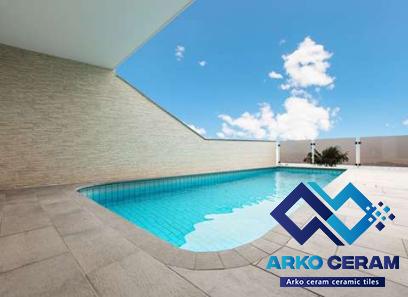
.
 Section 2: Design Options of Structural Glazed Tile One of the key advantages of structural glazed tile is its versatility in design options. Due to the manufacturing process and the wide range of glazes available, structural glazed tile can be customized to meet various aesthetic requirements. The tile is available in different colors, finishes, textures, and sizes, allowing for endless design possibilities. Whether you prefer a traditional or contemporary look, there is a structural glazed tile to suit your taste.
Section 2: Design Options of Structural Glazed Tile One of the key advantages of structural glazed tile is its versatility in design options. Due to the manufacturing process and the wide range of glazes available, structural glazed tile can be customized to meet various aesthetic requirements. The tile is available in different colors, finishes, textures, and sizes, allowing for endless design possibilities. Whether you prefer a traditional or contemporary look, there is a structural glazed tile to suit your taste.
..
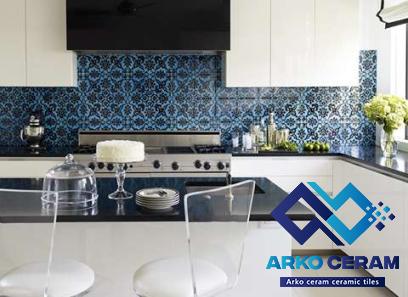 Color Options: Structural glazed tile is available in a multitude of colors, ranging from earthy tones to vibrant hues. The glaze can be customized to achieve specific colors, allowing architects and designers to match the tile to existing color schemes or create bold contrasts. Texture Options: From smooth to textured, structural glazed tile offers a variety of textural options. Smooth tiles are sleek and modern, while textured tiles add depth and visual interest to a space. The texture can be achieved by adding grooves, ridges, or other patterns to the tile surface during the manufacturing process. Size and Shape Options: Structural glazed tile comes in various shapes and sizes, including square, rectangular, hexagonal, and even custom shapes. This versatility enables architects and designers to create unique patterns and layouts, accommodating different spatial requirements.
Color Options: Structural glazed tile is available in a multitude of colors, ranging from earthy tones to vibrant hues. The glaze can be customized to achieve specific colors, allowing architects and designers to match the tile to existing color schemes or create bold contrasts. Texture Options: From smooth to textured, structural glazed tile offers a variety of textural options. Smooth tiles are sleek and modern, while textured tiles add depth and visual interest to a space. The texture can be achieved by adding grooves, ridges, or other patterns to the tile surface during the manufacturing process. Size and Shape Options: Structural glazed tile comes in various shapes and sizes, including square, rectangular, hexagonal, and even custom shapes. This versatility enables architects and designers to create unique patterns and layouts, accommodating different spatial requirements.
…
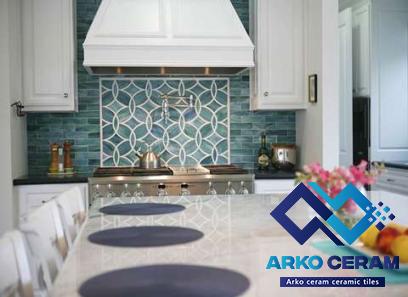 Section 3: Installation of Structural Glazed Tile While the installation process of structural glazed tile may vary slightly depending on the specific project, the general steps involved are as follows: 1. Surface Preparation: The surface where the tile will be installed must be clean, level, and free from any debris. This ensures a smooth and even installation. 2. Tile Layout: Before applying the adhesive, plan the tile layout to ensure a uniform and aesthetically pleasing result. This involves measuring and marking the location of each tile on the surface. 3. Adhesive Application: A suitable adhesive, specifically designed for structural glazed tile, is applied to the back of the tile using a notched trowel. The size of the trowel notches will depend on the size and type of tile being installed.
Section 3: Installation of Structural Glazed Tile While the installation process of structural glazed tile may vary slightly depending on the specific project, the general steps involved are as follows: 1. Surface Preparation: The surface where the tile will be installed must be clean, level, and free from any debris. This ensures a smooth and even installation. 2. Tile Layout: Before applying the adhesive, plan the tile layout to ensure a uniform and aesthetically pleasing result. This involves measuring and marking the location of each tile on the surface. 3. Adhesive Application: A suitable adhesive, specifically designed for structural glazed tile, is applied to the back of the tile using a notched trowel. The size of the trowel notches will depend on the size and type of tile being installed.

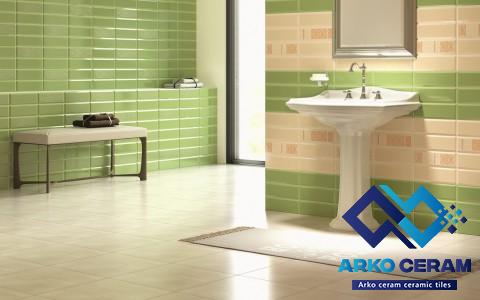
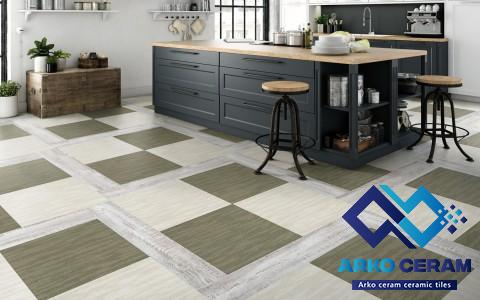
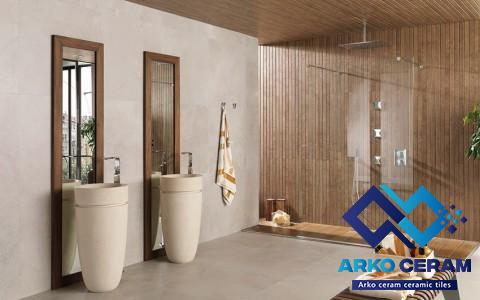



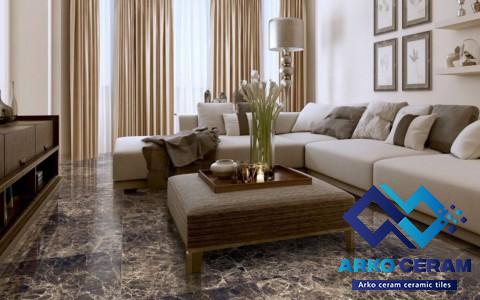
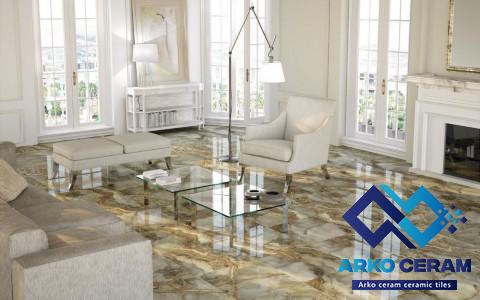
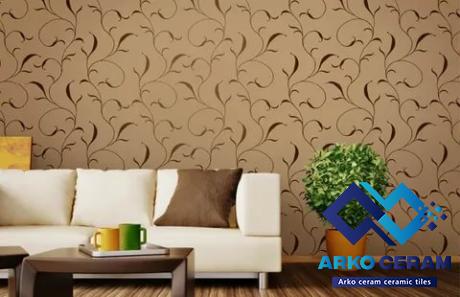
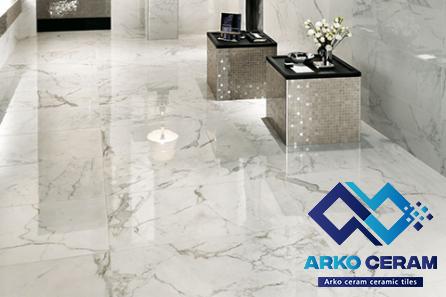
Your comment submitted.